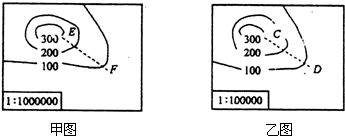问题
填空题
如图是氯元素的原子结构示意图,该原子的核电荷数为______,核外有______个电子层,最外层上有______个电子,在化学反应中这种原子容易______(“得”或“失”)电子,形成______(“阳”或“阴”)离子.

答案
由氯元素的原子结构示意图,圆圈内的数字是17,该原子的核电荷数为17,核外有3个电子层,最外层电子数是7,在化学反应中易得到1个电子而形成阴离子.
故答案为:17;3;7;得;阴.

